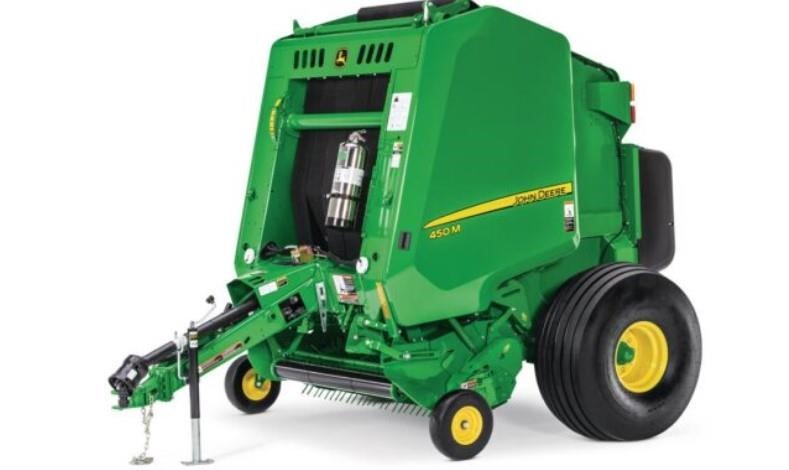One common way that cattle producers enter into the direct beef sales world is by selling a live calf to the consumer and then delivering the calf to a custom processing facility where it will be processed. As we discuss in detail in our “Where’s the Beef? Legal & Economic Considerations for Direct Beef Sales,” this approach can be attractive to producers as it allows them to avoid many of the additional requirements that come when selling beef, as opposed to selling the live animal.
For example, if Bob in Dallas wants to purchase beef from ABC Ranch located in Amarillo. If ABC Ranch wanted to sell beef by the pound to Bob, the slaughter and processing of the animal would have to occur in an inspected facility since the owner of the animal (ABC Ranch) would not be the end consumer. ABC Ranch would also need to deal with licensing, labeling, and additional insurance considerations as it would be selling beef. However, if ABC Ranch sold the live calf to Bob prior to slaughter, then custom exempt processing would be allowed because Bob is both the owner of the animal and the consumer of the beef. If Bob wanted to purchase less than a whole beef, the producer could sell the remaining percentage of the animal to another person. So long as this transaction occurs before slaughter, then the custom exempt processing option would be available.

Many cattle producers are currently selling their cattle using this custom exempt method. Anyone doing so should have a custom harvest agreement they use for each of these types of transactions. This agreement is simply a contract between the beef producer and consumer laying out the terms of the sales agreement. It need not be overly complex, but serves an important role of ensuring everyone is on the same page and protecting both parties should something go south.
The following topics should be considered when drafting a custom harvest agreement.
- Names and contact information of the parties. List the names of the parties to the agreement and their contact information.
- Description of product being sold. Be clear in the agreement that it is the live animal being sold to the consumer, not the processed beef. Be clear on what percentage of the animal the customer is purchasing. For example, is the sale for a whole animal or 1/4 share of the animal. If selling a specific animal, be sure to include the eartag number or other description of the animal.
- How will payment be calculated? Be clear exactly how the price for the animal will be calculated. Will it be a flat, pre-set price? Will it be a per-pound price and, if so, will that be based on the live weight or hot carcass weight of the animal?
- Educational information. One thing many cattle producers find when beginning direct beef sales is the lack of education many consumers have about purchasing and cooking beef. This agreement may be a good place to include some of that information in order to avoid surprises later. For example, it may be helpful to explain the difference between live animal weight and boxed beef weight and manage expectations so that the consumer does not think that just because the calf weighs 1,200 pounds there will be 1,200 pounds of boxed beef. Giving consumers a ballpark range of what calves typically weigh when delivered to the processor and what the typical yield percentage is, with the caveat that these are only ballpark estimates and actual measurements and costs will be based on their specific animal, can be helpful. Information on how much freezer space is typically needed for a quarter, half, or whole beef may also be useful. Having a sample cut sheet for people to review may also provide added value.
- When and how will payment be due? Will a deposit be required and, if so, when and how much? When will completely payment be due? What payment methods are accepted–can a consumer pay by cash, check, card, Venmo or other app? What is the result of failure to remit timely payment?
- Processing fees. Make sure the parties are clear on whether the processing fees are included in the selling price or whether the customer will be responsible for paying the processing fees directly to the processor.
- Obligations of the parties. Who will be responsible to deliver the animal to the custom processing facility? Who will pick up the beef once processing is complete? Who will pay the processing fee to the facility? Who will complete the cut sheet?
- Reselling/donating meat from the animal is prohibited. Make clear in the custom harvest agreement that the beef from this animal may not be resold or donated. This is based on the fact that any beef processed at a custom harvest facility may not be sold or donated, and the purchaser needs to be clear on that limitation.
Click here to see more...